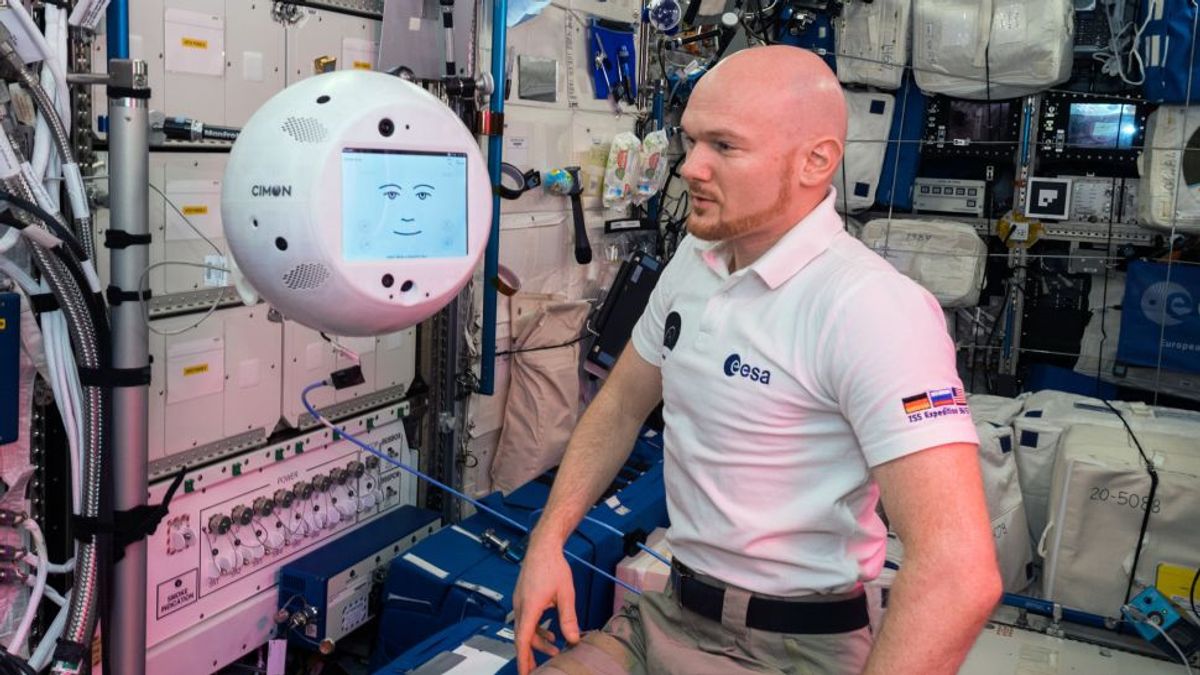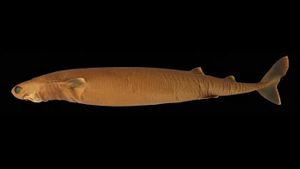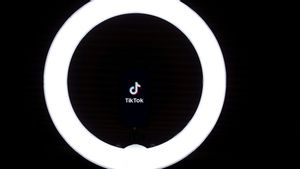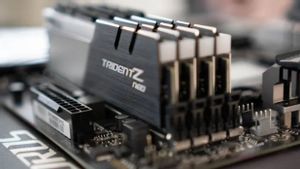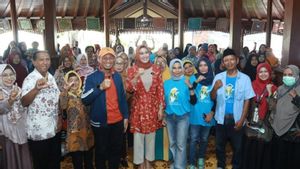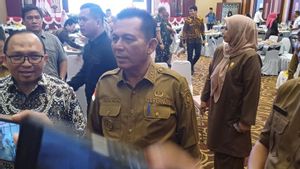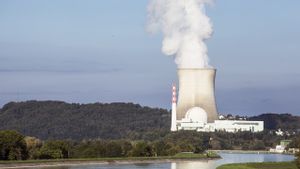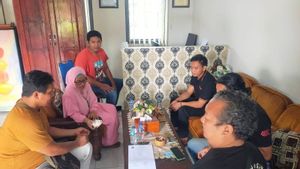JAKARTA - The International Space Station (ISS) will soon use the CIMON-2 robot. Robots that look like human faces were brought in to help the work of astronauts in outer space.
Dubbed CIMON-2 which stands for Crew Interactive Mobile Companion. The AI robot worked alongside two European astronauts on previous missions to the station in recent years, and just got a software upgrade that will allow it to perform more complex tasks with astronauts later this year.
Citing Space, Thursday, September 8, CIMON-2 has been stored on the space station since the departure of European Space Agency (ESA) astronaut Luca Parmitano in February 2020. The robot will be operational again during the upcoming mission of German astronaut Matthias Maurer, who will arrive at the orbital post with the SpaceX Crew-3 Dragon mission in October.
In the year and a half since the end of the last mission, engineers have been working to improve CIMON-2's connection to Earth, so that it can provide astronauts with a more seamless service.
The robot looks like a floating ball with an LED screen in the center and weighs 11 pounds (5kg) afloat using its tiny air jet. A set of ultrasonic sensors along with a stereo camera help the robot navigate in space and avoid walls.
It is also equipped with a high-resolution camera that allows it to recognize the astronaut's face. Two smaller cameras on the sides of the ball are used to take pictures and videos. Nine microphones in total help CIMON-2 identify sound sources and detect and record speech
"Through software architecture improvements, we managed to reduce the time to two seconds, just in time for the first mission. With further software upgrades, we are now trying to eliminate delays that may occur when a connection is lost", said CIMON project manager Till Eisenberg at Airbus.
CIMON relies on IBM's Watson synthesis and speech recognition software to communicate with astronauts as well as respond to their commands. CIMON-2 will later work with four humans on the ISS.
SEE ALSO:
During the four consecutive missions, engineers will first test CIMON's new software and enable it to participate in more complex experiments. During this new mission, CIMON, for the first time, will guide and document the complete scientific procedure.
"Most of the activities that astronauts perform are covered in step-by-step procedures. Usually, they have to use the clipboard to follow these steps. But CIMON can free their hands by hovering close by, listening to commands and reading out procedures, displaying videos, pictures, and clarification on the screen", said Eisenberg.
Robots can also search for additional information and document experiments by taking videos and pictures. Scientists will gather feedback from astronauts to see how helpful the orb is and identify improvements for future incarnations of CIMON.
For information, the first generation CIMON Robot flew to the space station with Alexander Gerst in 2018. The robot then returned to Earth and is now touring German museums. The current robot, CIMON-2, is the second generation. Unlike its predecessors, it is more attuned to the emotional states of the astronauts. It also has a shorter reaction time.
The English, Chinese, Japanese, Arabic, and French versions are automatically generated by the AI. So there may still be inaccuracies in translating, please always see Indonesian as our main language. (system supported by DigitalSiber.id)
